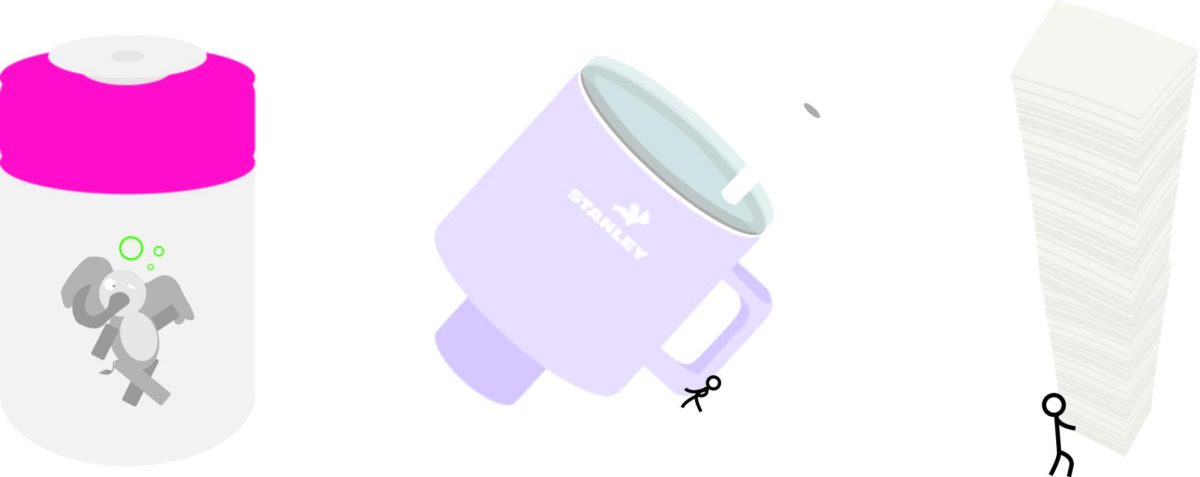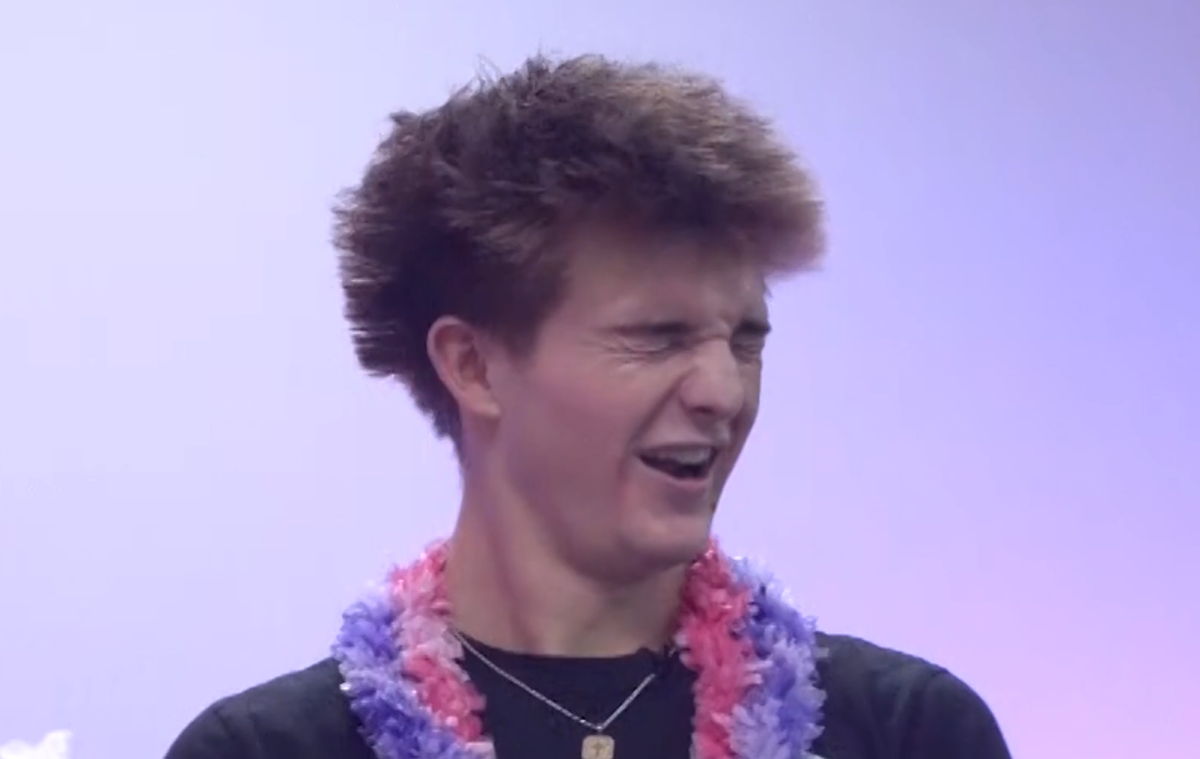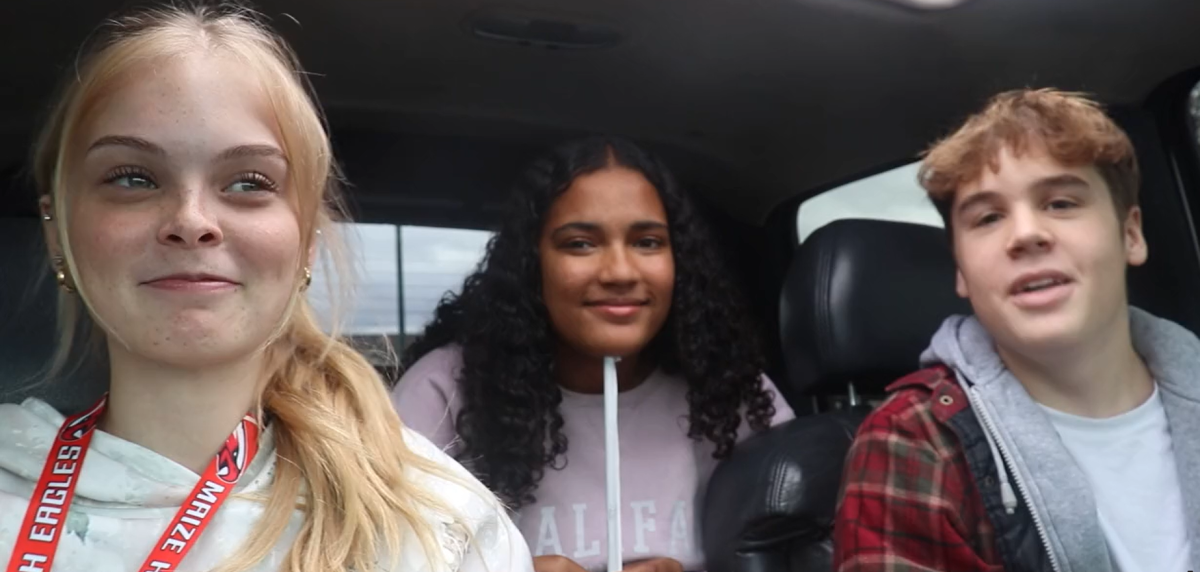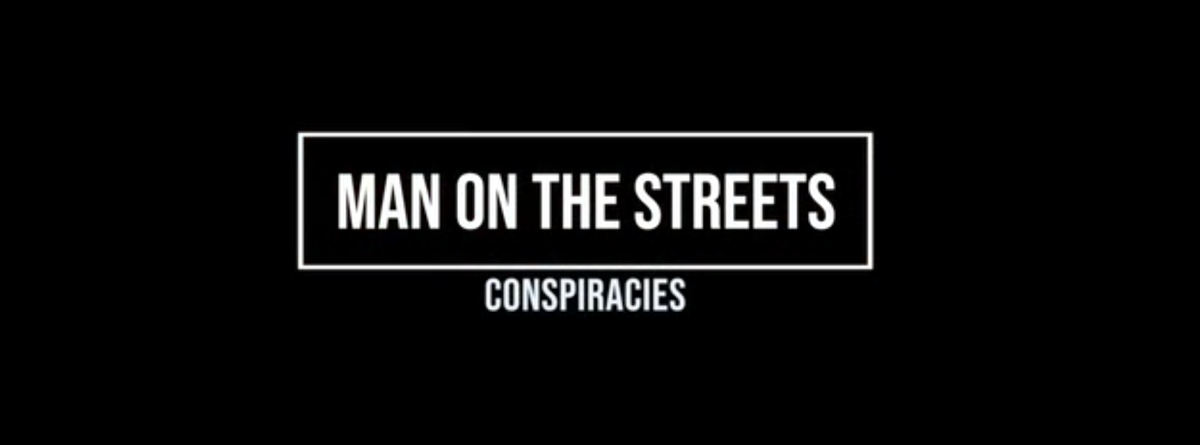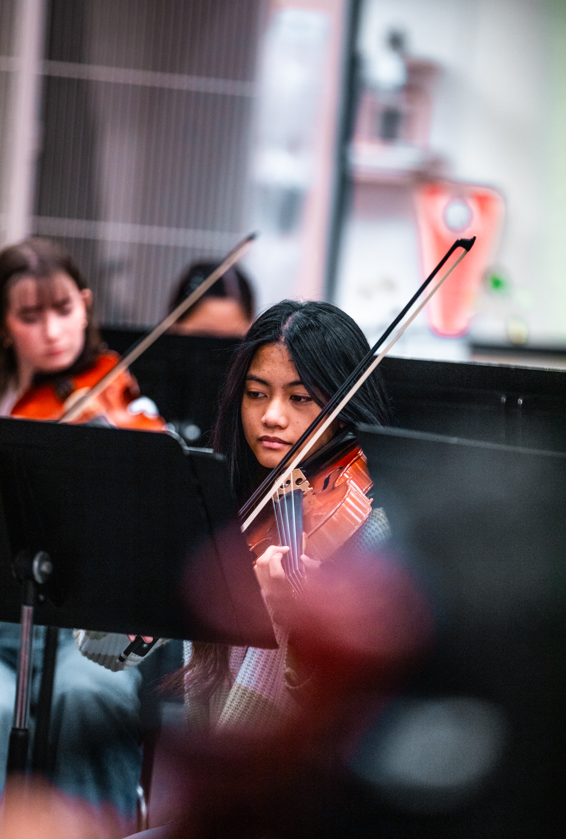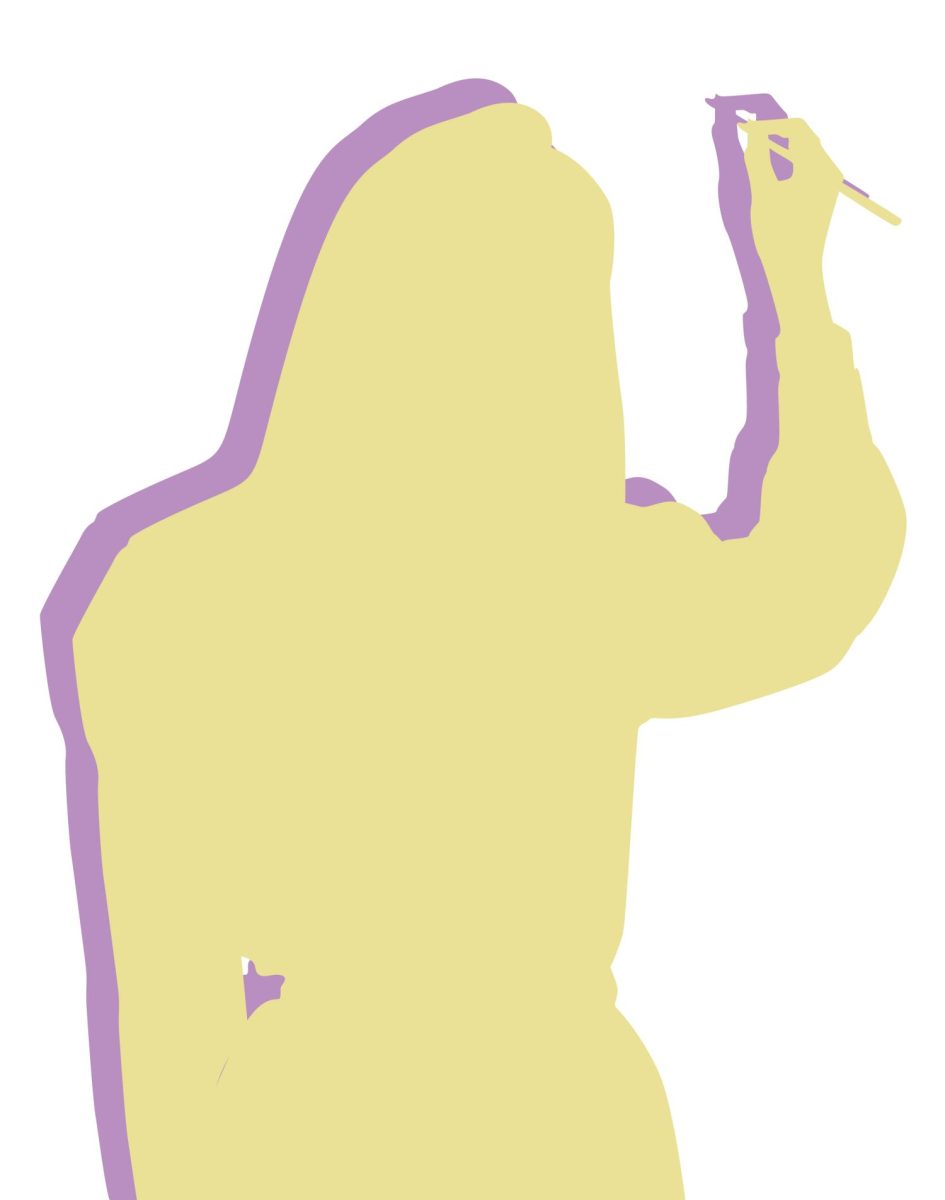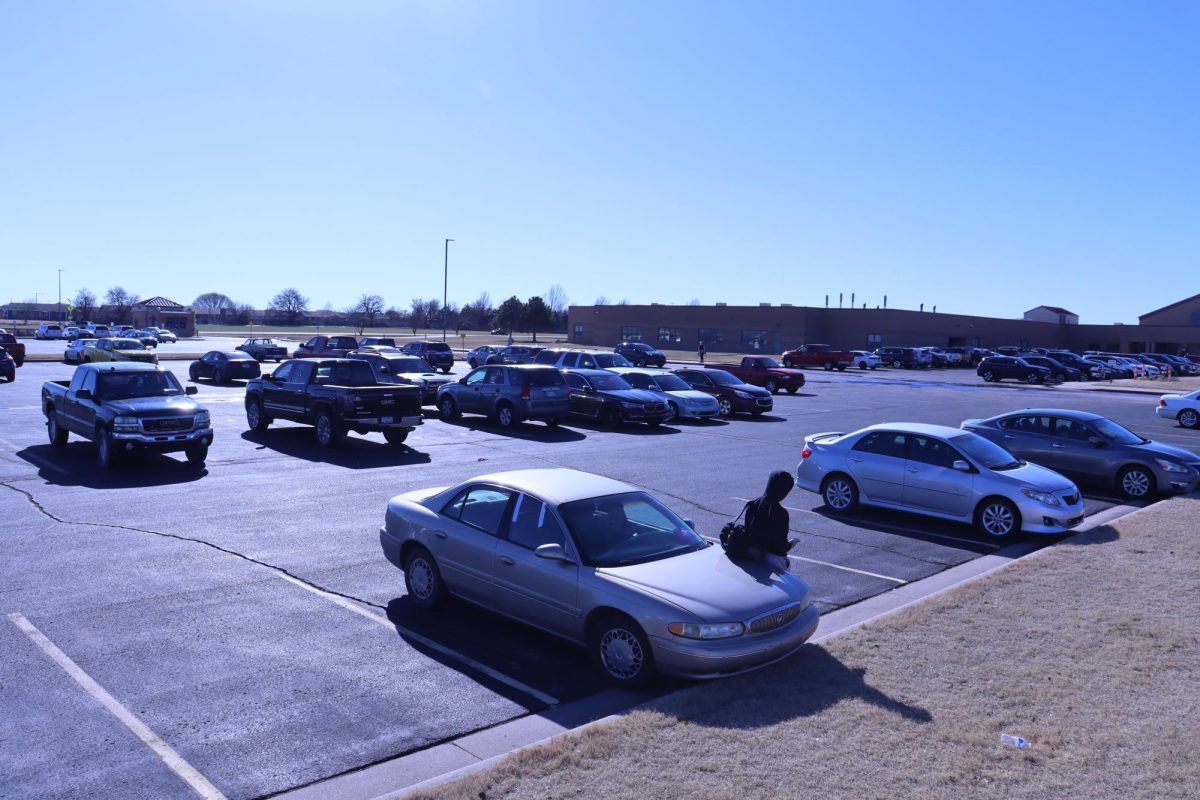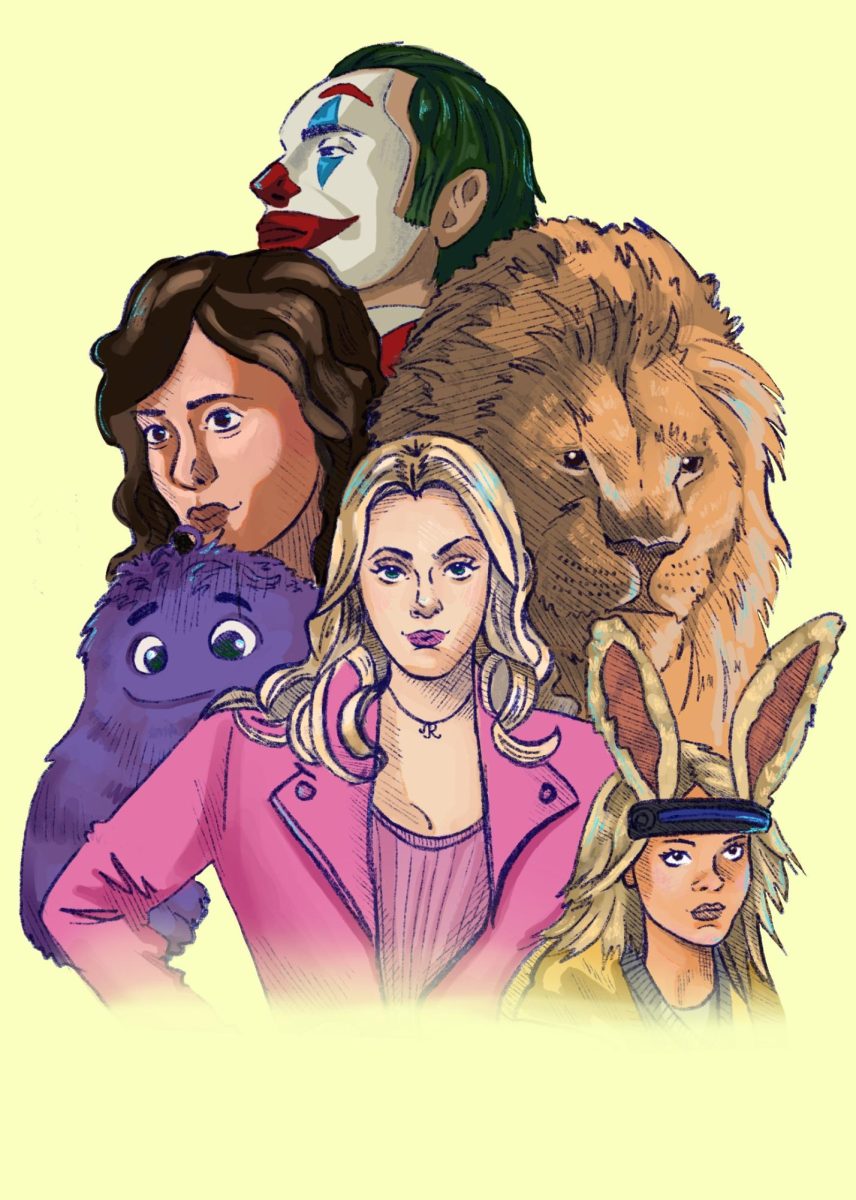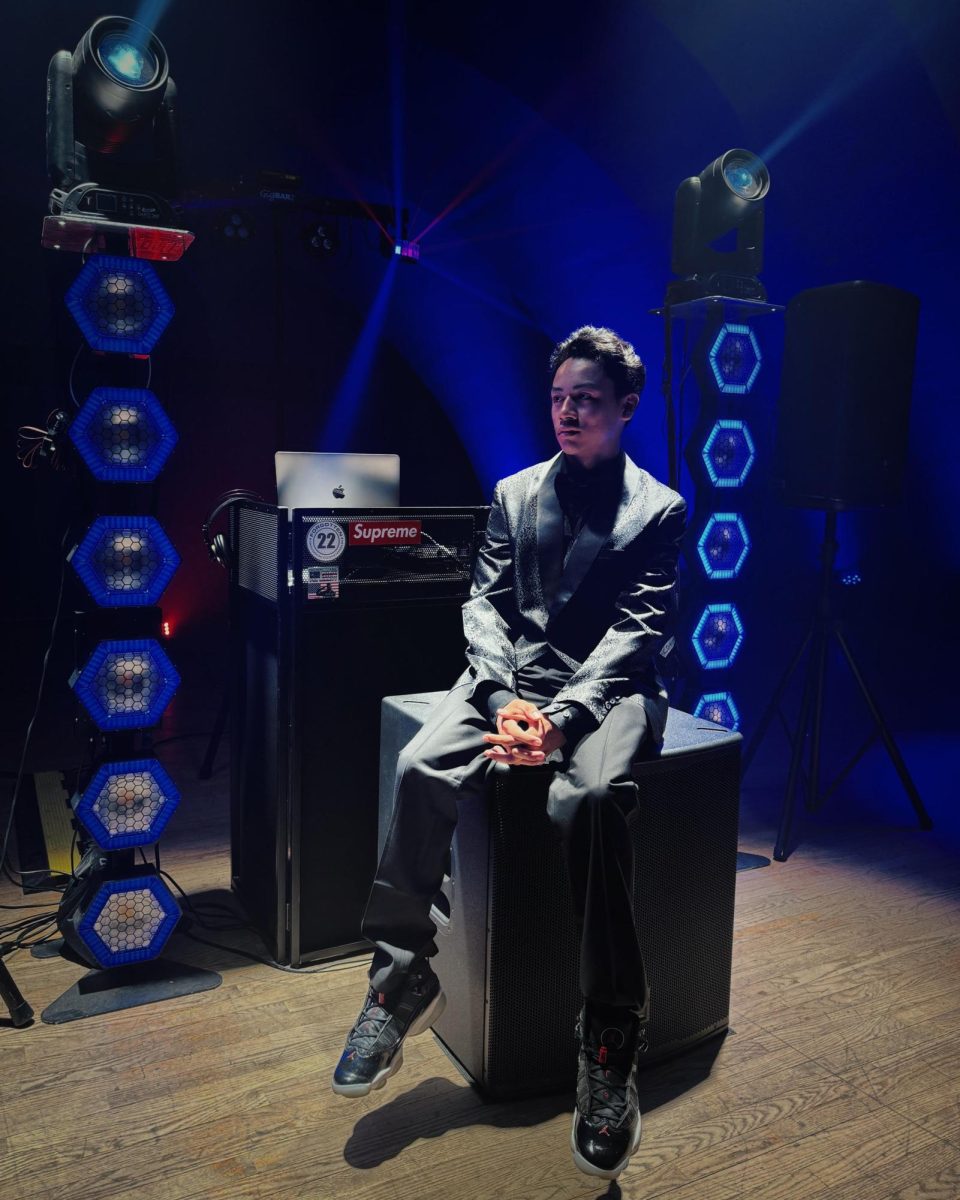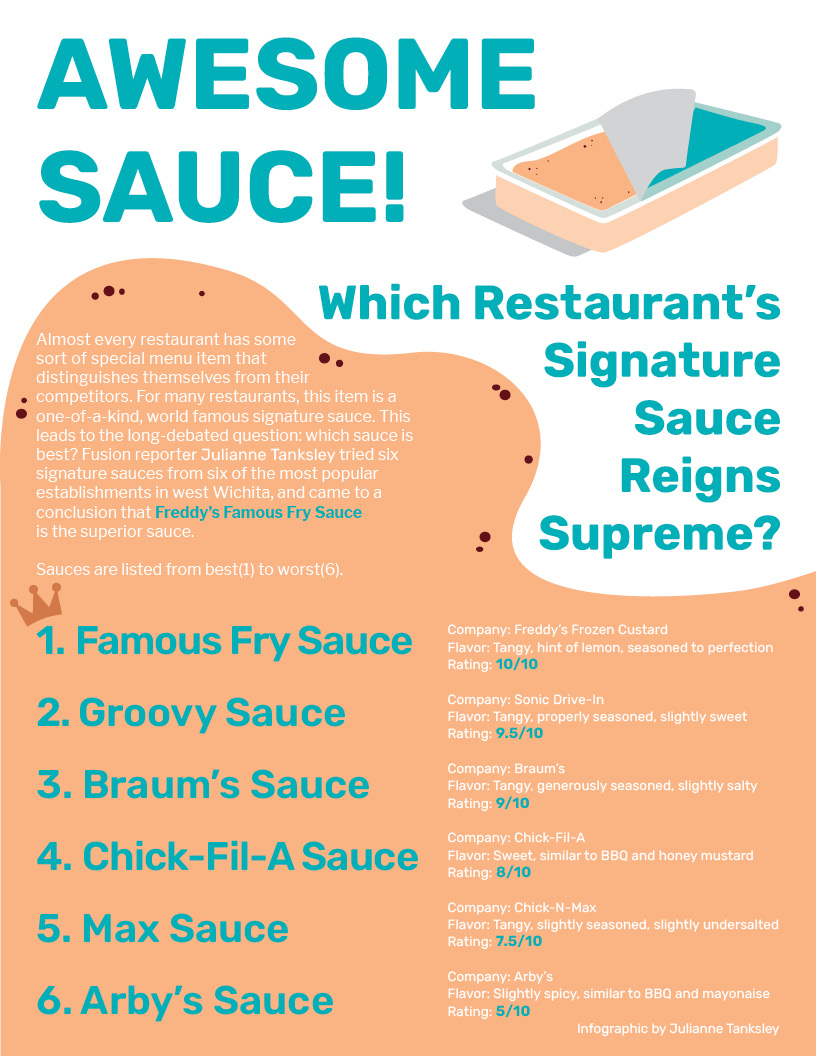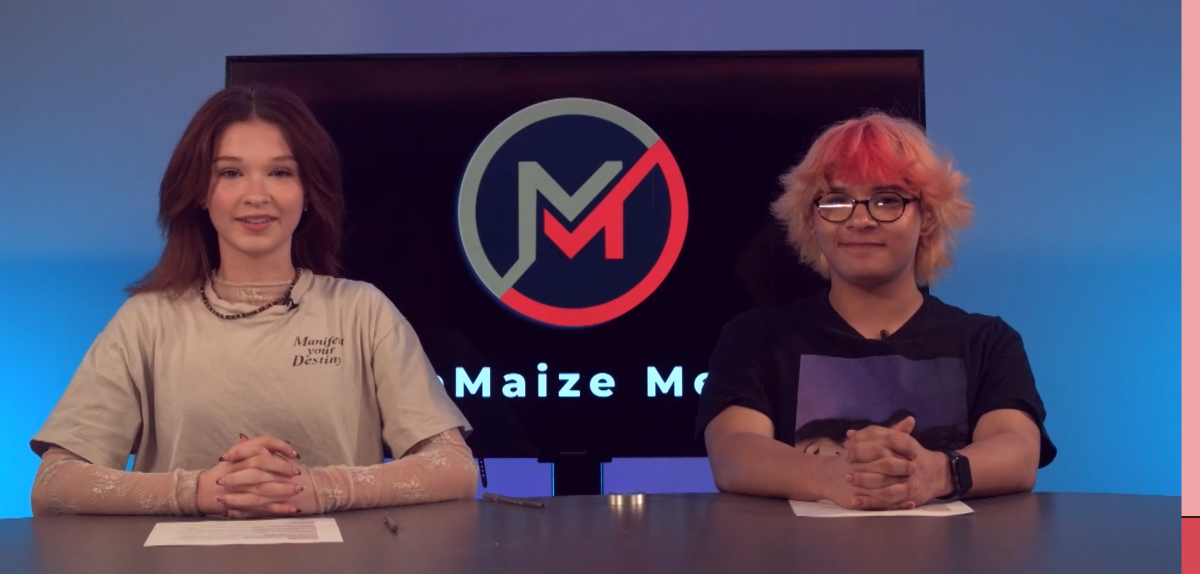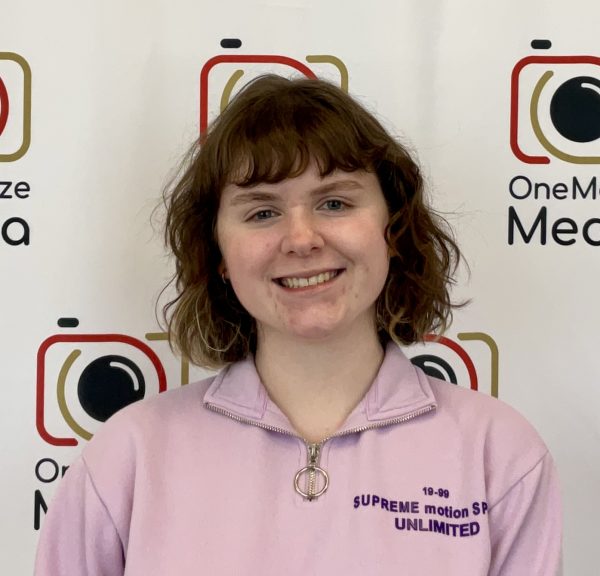Hyperfemininity, defined by Merriam-Webster as the extreme expression of traits associated with women, has influenced fashion for a long time. In the 20th century alone, there were many hyperfeminine trends, from the postwar extravagance of the 1950s to the supermodel era of the 1990s. Since the rise of fast fashion, trending styles have become available to the public, and trends are being led by social media influencers instead of A-list celebrities.
Within the past year, TikTok has blown up with fashion inspired by past decades, movies with iconic female leads, aesthetics like “coquette” and “balletcore”, and plenty of pink. These videos have one thing in common: hyperfemininity. But what do wearers of the style have to say about it?
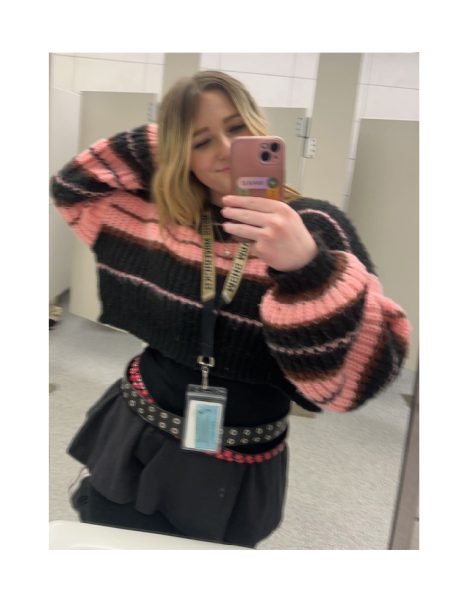
MSHS senior Hannah O’Connor’s self-described style, “feminine decade fashion,” often aligns with the internet’s passion for nostalgia, as well as its current hyperfeminine enthusiasm.
“I think hyperfemininity, for me, stems from wearing jewelry that is ‘more feminine’ or wearing my hair in typically feminine hairstyles,” O’Connor said. “I wouldn’t say the clothing items I wear are ‘feminine’, but I’ve never really viewed it that way.”
Social media may have only recently jumped on the hyperfem bandwagon, but O’Connor has an insider perspective.
“I think [hyperfem fashion has] always been popular, it’s just being covered all over the media now,” O’Connor said. “I think hyperfem is something that everyone is taking part in no matter the gender. I think that it’s a way to express those feminine part[s] of yourself and overall it makes you feel good, so why not share it?”
One factor that’s drawn more and more young women to hyperfemininity is the aesthetics of their childhoods. O’Connor partly attributes Gen Z’s adoption of hyperfem styles to this nostalgia.
“I think everyone is grasping for ‘normalcy’ with things like the pandemic, so I think people find comfort in what they know,” O’Connor said. “With the rise of ‘Barbie’ [2023] it made a lot of people feel seen in their femininity …, making more people embrace it.”
Katherine Rice, MSHS junior, aligns herself with the 2000s styles of Y2K and the scene subculture, known for their bold take on femininity and striking patterns. Inspired by TikTok creators, Pinterest photos, and music of the era, Rice appreciates the variety hyperfemininity allows.
“I love pink and girly stuff like jewelry, makeup, skirts, bows, anything,” Rice said.
Rice was asked if the latest hyperfem fashion revival could indicate a wider cultural shift towards unconditional, inclusive feminism.
“I don’t think we’ve gotten to the point of changing how society feels overall yet whatsoever, but Gen Z definitely is a more understanding culture than the ones before,” Rice said.
MHS junior Taryn Cleaton, proponent of feminine fashion, uses an eclectic combination of elements to express their personality.
“I like vintage fashion, but I just make it more modern,” Cleaton said. “It makes me feel classy but still like a silly teen.”
The recent repopularization of hyperfemininity, especially since the release of “Barbie” in July, has prompted discussions about how women in power should dress.
“Many think in order to be a feminist or a strong woman you must be more masculine or tough, but that’s so contradictory,” Cleaton said. “Being a feminist and a powerful female should be about … wearing what you want.”
It’s clear that hyperfemininity has had an impact on today’s youth, but time will tell how this wave will affect the fashion industry and society at large.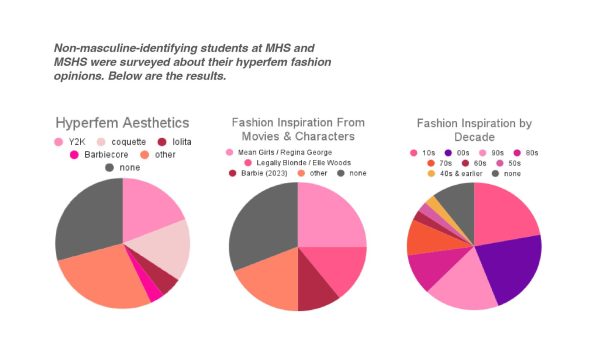
“I hope the feminist movement continues to grow and morph with the trends of fashion, embracing ourselves and our femininity,” Cleaton said.


